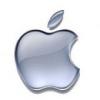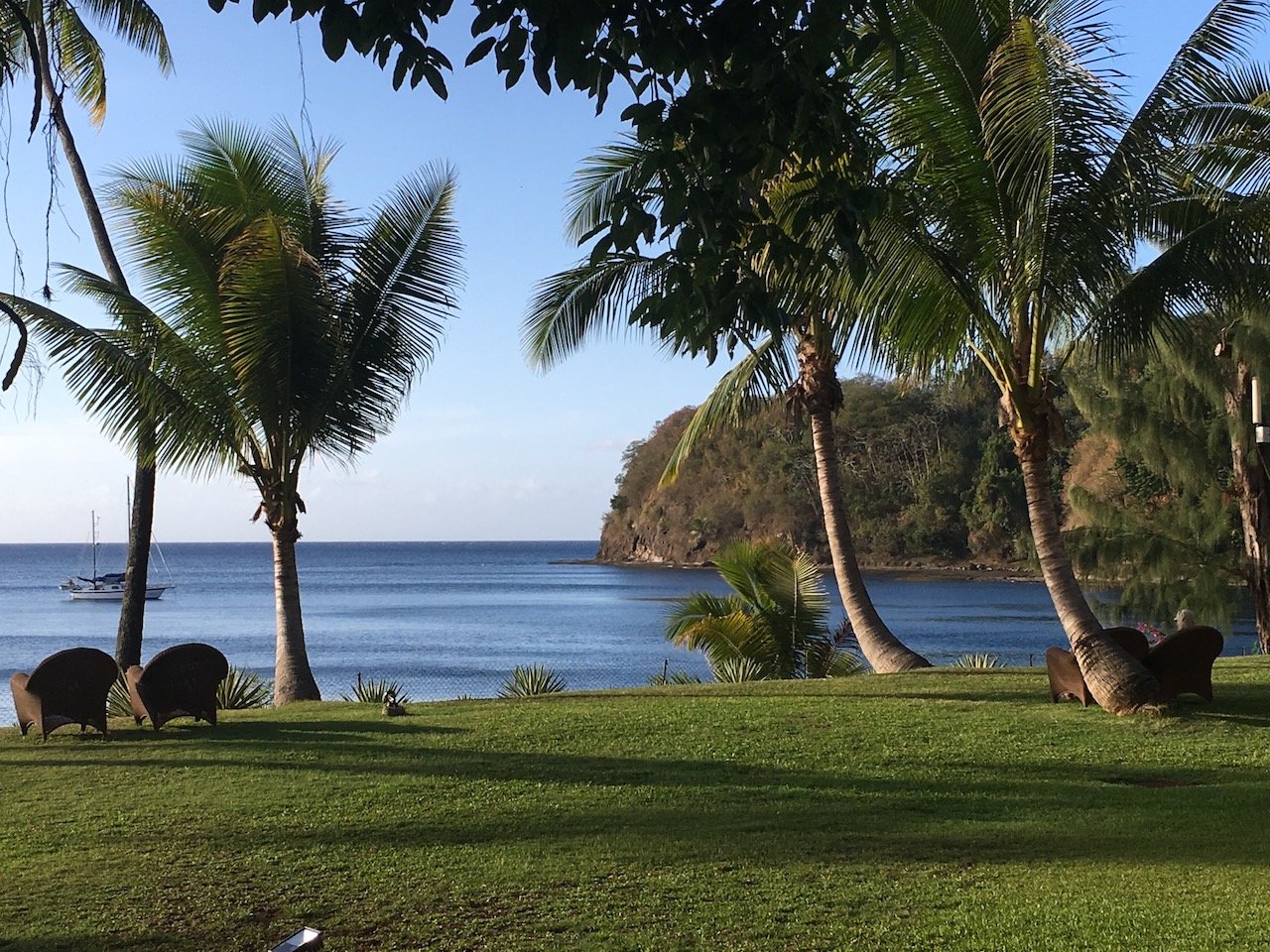-
Posts
10067 -
Joined
-
Last visited
-
Days Won
569
Content Type
Profiles
Articles, News and Tips
Forums
Everything posted by Hervé
-
Model with eDP LCD connector-type it would seem and 3K display. Ace.
-
If you already have High Sierra, then it's a "simple"' matter of following the 1st gen Intel HD guide and adjusting the graphics settings for 10.13 and your screen resolution. Discussions about support for 1st gen Intel HD graphics started on p68 in the bible thread. Read on, I'm sure details are provided throughout the subsequent pages. https://www.insanelymac.com/forum/topic/286092-guide-1st-generation-intel-hd-graphics-qeci/?page=68
-
No such files and/or folders were posted here. Looks like the only proper guide we have for this model is Jake Lo's Mavericks guide which dates back to many years ago. T410s is an ageing laptop with 1st gen Intel HD graphics iGPU or Tesla nVidia graphics dGPU. As you probably know, this iGPU always required specific tuning to be supported on Hackintosh and this support was only under conditions (see Bible on 1st gen Intel HD at InsanelyMac). 1st gen Intel HD graphics are last officially supported in macOS High Sierra; abandoned in Mojave/Catalina due to lack of support for Metal as are nVidia Tesla GPUs and Intel HD3000. There are tricks that can be implemented to obtain partial and OpenGL-only graphics acceleration on those dropped GPUs. My advice would be to go for macOS High Sierra to begin with and build a working Clover setup before you attempt any more recent versions like Mojave or Catalina. Please post your laptops full hardware specs (CPU, graphics, screen resolution, audio, LAN, wireless, etc.) and we'll try and help you build a Clover setup. Is the BIOS legacy only or does it support UEFI mode?
-
No support by PM or via messages on my profile. Please use the forum, that's its very purpose.
-
I've never seen anyone booting Clover via OC ! Anyway, your OC setup is clearly what's causing your issue since you do not experience it when booting Clover directly. I'd say some incorrect settings under the Kernel section.
-

Dell E5430 HD 4000 glitches/artefacts even using WEG and framebuffer patching
Hervé replied to Stacey's topic in The Archive
The FB mem. size patch is detailed in our HD4000 patching guide In the R&D->Graphics forum subsection. You can look it up. I've never used OC myself but you would implement the patch either as a property injection under DeviceProperties (may be difficult for you) or as a kext patch under Kernel->Patch (you have existing patches you can refer to). -

Dell E5430 HD 4000 glitches/artefacts even using WEG and framebuffer patching
Hervé replied to Stacey's topic in The Archive
Startup and shutdown glitches, you'll have to live with. They're totally negligible and can be ignored. For the other stuff you've filmed, you may try the Capri framebuffer memory size reduction from 16 MB to 8MB. I could not see any Capri FB patching in your OC config so no idea which patches your meant above... -
For the sake of clarity: posts relating to Catalina were split to their own thread here. Clover r5119 Catalina EFI folder attached to Baio77's original (Catalina) thread here. this thread, obviously relating to Big Sur beta, was moved to this macOS Preview section. Guys, please refrain from mixing topics/versions, Catalina and Big Sur beta being 2 x different OS requiring very different configs to say the least!
-

Guide for enabling VGA, DVI, DP and HDMI in Intel HD4000 GPU
Hervé replied to EMlyDinEsH's topic in Graphics
Better later than never... As explained in past system/model-specific threads, there are further patches that may be used to modify the framebuffer memory size (useful on Latitude E6x30) and the VRAM allocation (nice to increase). Of course, WhateverGreen supports property injection (through DSDT/SSDT patches or bootloader configs) as a more efficient alternative to rather old-fashioned framebuffer kext binary patching. Those parameters are defined in the 2nd line of the sample Capri layouts we've illustrated throughout this thread (bearing in mind the reversed byte order of kexts' binary code). For instance: LoRes mobile layout 0x01660003: 03006601 01020402 00000004 00000001 00000060 10070000 HiRes mobile layout 0x01660004: 04006601 01030101 00000002 00000001 00000060 10070000 Desktop layout 0x0166000a: 0A006601 00020302 00000002 00000001 00000060 10070000 Desktop layout 0x0166000b: 0B006601 00020302 00000002 00000001 00000060 10070000 1) Framebuffer memory size: This is defined in the 4th 32bit parameter of the layouts. Default value is 0x01000000 (reversed code 00000001), i.e. 16777216 in decimal which, when divided by 1024*1024 (=1MBytes), equates to 16MB. Some laptops such as the Dell Latitude E6x30 models suffer from corrupt/garbled display on screen unless this value is reduced to 8MB, i.e. 0x00800000. The patch required to change this is: Find: xxxxxxxx [...] xxxxxxxx 00000001 xxxxxxxx [...] xxxxxxxx Replace xxxxxxxx [...] xxxxxxxx 00008000 xxxxxxxx [...] xxxxxxxx For instance, to reduce the FB mem. size of layout 0x01660003 to 8MB, use this patch: \/\/ Find: 03006601010204020000000400000001 Replace: 03006601010204020000000400008000 /\/\ Alternative property injection: framebuffer-patch-enable 1 NUMBER framebuffer-fbmem 00008000 DATA 2) VRAM allocation: This is defined in the 5th 32bit parameter of the layouts. In most recent versions of OS X/macOS, the default value usually is 0x60000000 (reversed code 00000060), i.e. 1610612736 in decimal which, when divided by 1024*1024 (=1MBytes), equates to 1536MB (i.e. 1.5GB). This is shared memory and systems with, say, 8GB of RAM, may want to increase this. The patch required to do this is: Find: xxxxxxxx [...] xxxxxxxx 00000060 xxxxxxxx [...] xxxxxxxx Replace xxxxxxxx [...] xxxxxxxx 000000YY xxxxxxxx [...] xxxxxxxx -> where YY = desired VRAM Qty Reminder: 256MB = 1000 0000 in hex 384MB = 1800 0000 in hex 512MB = 2000 0000 in hex 768MB = 3000 0000 in hex 1024MB = 4000 0000 in hex 1536MB = 6000 0000 in hex 1792MB = 7000 0000 in hex 2048MB = 8000 0000 in hex For instance, to increase VRAM allocation of layout 0x01660003 to 2048MB (i.e. 2GB), use this patch: \/ Find: 0300660101020402000000040000000100000060 Replace: 0300660101020402000000040000000100000080 /\ Alternative property injection: framebuffer-patch-enable 1 NUMBER framebuffer-unifiedmem 00000080 DATA Naturally, those framebuffer modifications can be combined in a single patch. For instance, to reduce FB mem. size to 8MB and increase VRAM to 2GB, layout 0x01660003 is patched as follows: \/\/ \/ Find: 030066010102040200000004000000010000006010070000 Replace: 030066010102040200000004000080000000008010070000 /\/\ /\ Alternative property injection: framebuffer-patch-enable 1 NUMBER framebuffer-fbmem 00008000 DATA framebuffer-unifiedmem 00000080 DATA -

Dell Latitude E5450 - Problems with a few things.
Hervé replied to Not-A-Robot12's topic in The Archive
Replace your Intel wireless card by a supported model. -

Dell Latitude E5450 - Problems with a few things.
Hervé replied to Not-A-Robot12's topic in The Archive
Location services requires wireless services to be active. It does not need to be connected if you have a wired/Ethernet connection to the Internet, but it needs to be on/enabled. Afaik, there is no issue with the Intel LAN card fitted to the E5450. For the wireless card, well, it's the same as usual... Bottom line is no Location services without a compatible wifi card. -
Use cropped screenshots rather than poor quality SmartPhone pictures of your laptop screen. It's far better and far quicker. Consult your Keyboard PrefPane for guidance on the keystrokes.
-
Don't use r5120, stick to r5119. Latest Clover release appears buggy on the CPU power management side. You may find that, all of a sudden, it won't boot/reboot.
-

DELL XPS 12 9Q33: Clover to Opencore conversion for High Sierra/Catalina
Hervé replied to jones333333's topic in The Archive
I don't know what you mean. It'll run Catalina Ok. -

DELL XPS 12 9Q33: Clover to Opencore conversion for High Sierra/Catalina
Hervé replied to jones333333's topic in The Archive
You may simply apply the EC patch to your existing patched DSDT, yes. -

DELL XPS 12 9Q33: Clover to Opencore conversion for High Sierra/Catalina
Hervé replied to jones333333's topic in The Archive
Your current setup dates back to 2017 and High Sierra, i.e. long before the new Catalina requirement was even identified. As such, the Embedded Controller patch could not have been applied. Check your DSDT as per the thread I referred to above and rename the device as/if necessary. I would also recommend that you switch from patched AppleHDA (which may no longer work in Catalina) to Lilu+AppleALC for audio. -

DELL XPS 12 9Q33: Clover to Opencore conversion for High Sierra/Catalina
Hervé replied to jones333333's topic in The Archive
I would suggest you 1st upgrade to Catalina and establish a working Clover config before even attempting a switch to OC. Please refer to the Catalina requirements thread pinned to Our picks list on main page. You'll most likely need to patch your Embedded Controller ACPI device. You'll also need to update Clover (go for r5119, not r5120 which is buggy/troublesome) and your add-on kexts (Lilu, WEG, AppleALC, etc.) before you actually upgrade to Catalina; make a backup for safety but you would normally be able to simply launch the downloaded Catalina app package to upgrade. -
If your laptop is unstable and CPU running at high speed under Windows and macOS, I'd say you have a general issue that's not related to running macOS... There are obvious things to check such as state of fans (and cleaning if clogged by dust) and CPU/GPU thermal paste (and clean off if hardened to renew by high quality paste). Your BIOS settings may also be incorrect (make sure CPU speedstep is enabled). Then, there is the matter of properly configuring CPU power management under macOS. You'll have to specify your laptop model and post a copy of your bootloader config/zipped bootloader folder. If you've used the pack from a guide posted here, all should be in order. With regards to turning off Turbo boost, I've always believed it was a bad idea given the impact on performance but, several years ago, a forum member developed and posted a kext that disabled Turbo boost when running on battery. I don't know if that still works on more recent platforms but you can always look it up.
-
Try and rebuild your cache. i also suggest you look at the config posted in the pack I posted in my E7250 guide. I believe your Clover config is a little erroneous, especially on the CPU power management side. Your Hack may therefore run slower than it should.
-

DELL Optiplex 3070 Micro Mojave 10.14.6 90% success
Hervé replied to lucahappy's topic in The Archive
As per our stated rules, we do not support those tools you chose to use. They have their own forum... We have several guides for Desktop in our Guides section and I invite you to refer tho them. BIOS version is usually of no influence on OS X/macOS installation on Dell computers. Lucahappy posted his working Clover config + EFI folder so, provided you use that and our no non-nense tools standard installation method, you should have no issue. -
Make sure to use the SMBIOS of a MacBookPro model with an nVidia GPU. If necessary, don't hesitate to mix the main SMBIOS of a Catalina supported MBP with the board-id of an older MBP with an nVidia GPU.
-
Absolutely no need to drop those 2 x tables. KernelPm patch is now enabled by default in Clover. If you don't use XCPM, it's irrelevant and so, does not matter.
-
Could be the same issue as that of M4800/M6800 with HiRes eDP screens (>1920x1080) that are unsupported.
-
The same way it's been for years: you press F4 at clover main menu or through any iASL tool in High Sierra (with any patches you may apply through Clover).


